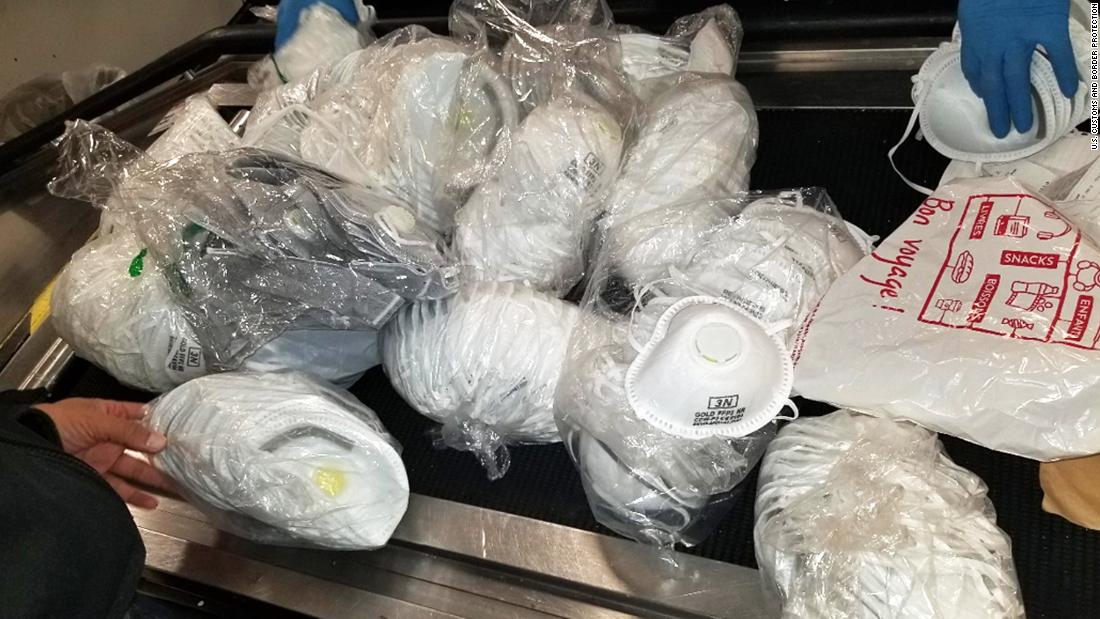The facial coverings are considered the gold standard for mask usage, but counterfeit doppelgängers may threaten Americans’ safety
Between the time the pandemic began and the year ended, US Customs and Border Protection (CBP) seized over 14.6 million counterfeit face masks entering the US, the agency told CNN.
Here’s how you can spot a fake N95 mask.
The most important thing: NIOSH approval
The National Institute for Occupational Safety and Health is a part of the US Centers for Disease Control and Prevention that focuses on worker safety and health.
Before filtering facepiece respirators — a fancy term that includes N95 masks — can be used in any workplace, they must be certified by NIOSH.
When finding out if an N95 mask is fake or not, NIOSH markings are your compass. But there’s some vetting you can do before you even have a mask in hand.
What to consider before you buy
If you’re buying directly through a website:
- Are there typos, bad grammar or other errors on the site?
- Are there website flaws, like unfinished or blank pages, dummy text, broken links and misspelled domains?
If you’re buying through a third-party marketplace:
- Does the listing call the product “genuine” or “real”? Legitimate companies don’t need to tell buyers their products are real — at least not in the product name.
- Have reviews been left on the product, or on the seller? Buyers unhappy with the product may reveal that it is poorly made or illegitimate.
- Is the price too good to be true? It probably is.
- Is the seller selling the same items over time, or keeping with trends? Legitimate businesses tend to stay consistent.
- Does the seller put their contact information in images? If so, they may be skirting around marketplace policy to keep interactions between buyers and sellers on the site.
How to check if your mask is real
Okay, but what if you’ve already masks off a website or marketplace and don’t know if they’re the real deal?
Here’s your rule-of-thumb: No markings means no approval.
NIOSH-approved masks have an approval label on or within the mask packaging — either on the box or in the users’ instructions. The mask should also have an abbreviated approval marking.
Some other red flags to look out for include:
- Any decorative elements, like sequins.
- Ear loops instead of head bands. Head bands are crucial to the N95’s tight fit.
- Claims for the of approval for children. NIOSH does not approve masks for children.
Got a real mask? Share these resources
Got a fake mask? Report it
Criminal organizations are also trying to sell counterfeit pharmaceuticals, other PPE and medical devices to “unsuspecting American consumers,” CBP Executive Director for Trade Policies and Programs, John Leonard, told CNN.
![]()


